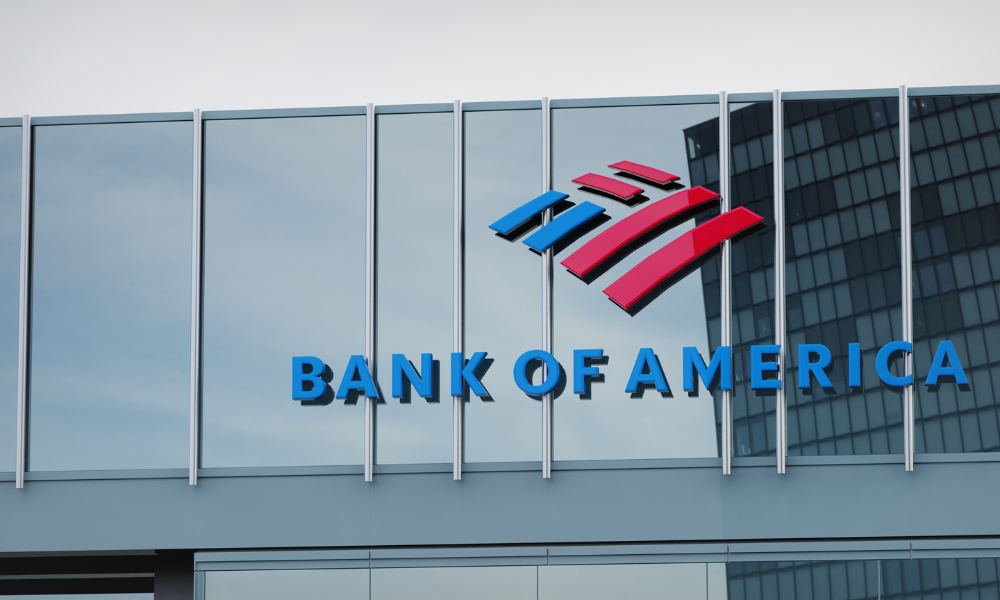Report says homebuyers may pay more for less as materials costs outpace inflation

The cost of building a new home in the US could rise by 3% by the end of 2025, driven by tariff pressures, according to a new report from Bank of America.
The bank reports that despite price growth slowing since its pandemic-era peak, new home prices remain elevated relative to income. Average prices jumped from $371,100 in Q2 2020 to $525,100 in Q4 2022, a sharp increase fueled by COVID-era demand and inflation.
While the average size of US homes has declined by 12% over the last decade, the cost of building materials has continued to climb.
“We estimate the value of content in an average US new single-family home was $102k in 2024,” the report said. “We estimate the bill of materials to build a house has increased at a 3.6% CAGR from $23K in 1982, consistently outpacing overall inflation over the last 40+ years.”
That long-term trend has intensified in recent years.
“Since 2013, value of content has increased at a 3.3% CAGR, with a 4.2% CAGR in material prices more than offsetting a (0.9%) CAGR decline in average home square footage,” the report added.
Tariffs will push homebuilding costs higher
One of the key drivers of rising construction costs is tariffs, particularly those imposed during the Trump administration. Though Canada and Mexico were exempt from broad 10% reciprocal tariffs, the National Association of Homebuilders expects Canadian lumber duties to rise above the current 14.5% rate by year-end.
“Year-to-date in 2025 homebuilders’ direct costs have been tracking flattish, but tariffs (both reciprocal and Section 232) could result in higher costs by the end of 2025,” Bank of America said.
Read next: Trump policy uncertainty causing unrest in the housing market
The bank predicts increases across multiple material categories: “We expect tariffs to increase prices for HVAC, plumbing, appliances, electrical components, and flooring. In addition, duties on Canadian lumber (accounts for 25% of lumber in the US) are set to increase later this year.”
The estimated 3% increase in homebuilding costs translates to $3,000–$4,000 for a median new home, which equates to about 1% of the average selling price.
New housing starts slow
Higher material costs are already weighing on builder activity. New data from the US Census Bureau shows 1.256 million privately owned housing starts in May, down 9.8% from April’s revised figure and 4.6% lower than the same period last year.
Permits also declined, reflecting broader uncertainty. Odeta Kushi, deputy chief economist at First American, noted that builders are facing “higher financing costs, tariff uncertainty, softer demand from elevated rates, increased competition from rising existing-home inventory in key markets like Texas and Florida, and higher inventories of their own.”
“This mix is weighing on builder sentiment and likely to slow single-family construction,” Kushi added.
Those challenges may spill into the peak buying season. Mark Garland, managing director at SitusAMC, warned that a weak spring start may foreshadow broader pullback.
“I think the general concern is the general lack of confidence in the economy from consumers is going to create a very anemic summer buying season,” Garland told Mortgage Professional America. “What we think of as turnover, which is consumers who are moving, they tend to pull back when they’re worried about jobs, and they’re worried about other costs that they’re facing.”
Stay updated with the freshest mortgage news. Get exclusive interviews, breaking news, and industry events in your inbox, and always be the first to know by subscribing to our FREE daily newsletter.



